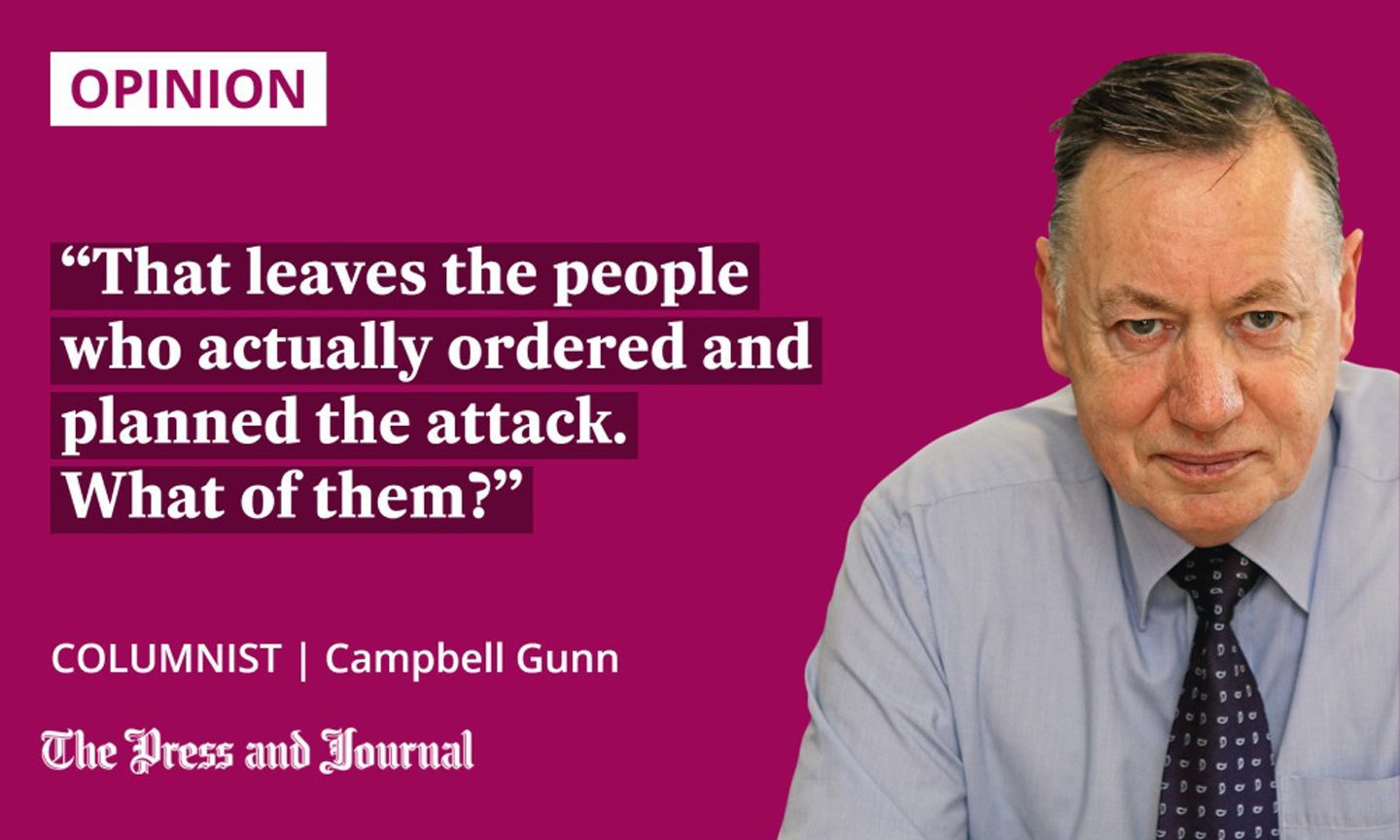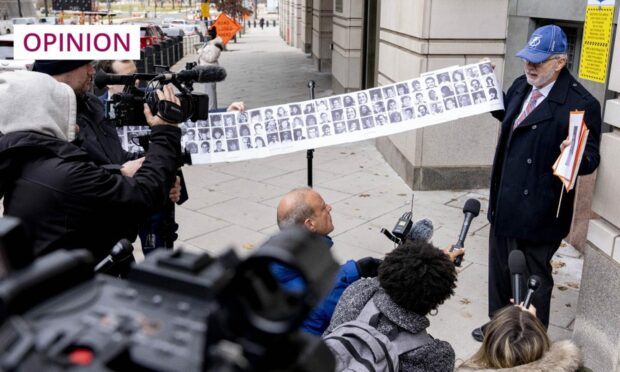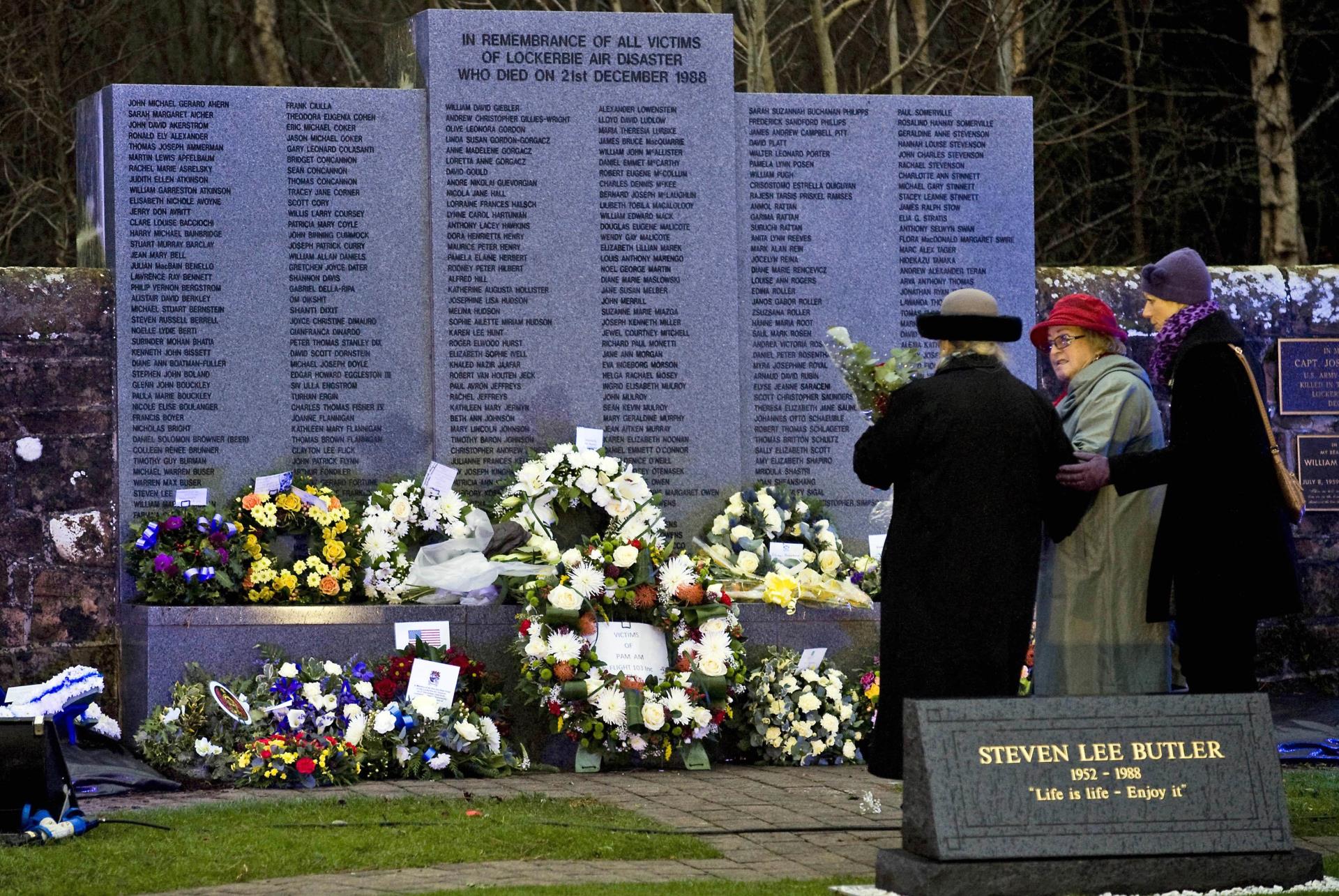Thirty-four years on, there are still far too many unanswered questions around the bombing of Pan Am Flight 103 over Lockerbie, writes Campbell Gunn.
The news last week that a Libyan man, Abu Agila Masud, is to be charged with involvement in the 1988 bombing of Pan Am Flight 103 over Lockerbie has been widely welcomed, particularly in the United States.
The majority of the 270 people who died in the atrocity were American, and campaigning from the victims’ relatives there has maintained the pressure on the authorities, both in the US and Scotland, to continue the investigation.
To date, only two people, Abdelbaset al-Megrahi and Lamin Khalifa Fhima, also both Libyans, have ever appeared in court in connection with the bombing. Al-Megrahi was convicted, jailed, released, and has since died, while Fhima was cleared.

I have a long professional interest in the case. I was at Lockerbie on the evening and throughout the night after the plane came down, reporting on it. I attended the press conference where the then Lord Advocate, Lord Fraser, announced the names of the two men the police believed were involved.
I was at Camp Zeiss in Holland to see the two men being flown in for their trial in a Scots court in a foreign land. And I was at the press conference in St Andrew’s House, when Justice Secretary Kenny MacAskill announced that he was making the decision to free al-Megrahi on compassionate grounds.
In addition, I have written many news stories over the years since 1988 on various aspects of the investigation, on the various warnings, conspiracy theories, and political intrigues involved in the bombing itself, as well as the aftermath.
Was the Lockerbie bombing carried out in retribution?
In recent years, attention has invariably focused on Libya. The two accused who appeared in the Scots court were both Libyan, as is the new suspect.
Yet, for the first few years after the bombing, this was not the case. Early investigations carried out by Scottish police, as well as the FBI and the CIA, initially pointed the finger in another direction.
In August 1989, the US President’s Commission on Aviation Security and Terrorism named the Popular Front for the Liberation of Palestine General Command (PFLP-GC) as suspects. This organisation was headed by Ahmed Jibril, and was based in Syria. So, why has more recent attention focused on Libya, not Syria?
Unlike today, in the first decades following the Lockerbie bombing, Syria and President Assad was our and the United States’ major ally in the Middle East. Indeed, US planes used bases in Syria during the Iran war.
Most analysts believe that the Lockerbie bombing was carried out in retribution for the accidental shooting down of an Iranian Airbus by a US-guided missile frigate, USS Vincennes, over the Persian Gulf, in July 1988.
It is said that the PFLP-GC were paid by the Iranian Government to carry out a terrorist response
It is said that the PFLP-GC were paid by the Iranian Government to carry out a terrorist response. This would have been subcontracted to an assortment of terrorist cells associated with the Middle East, but scattered throughout Europe.
Indeed, the President’s Commission highlighted the arrest in West Germany in October 1988 of 16 members of a PFLP-GC cell, and the discovery at that time of a radio cassette player equipped with a barometric triggering device.
Those really responsible remain untouchable
There is little doubt that some Libyans would have been numbered among the terrorists involved in what became a major conspiracy to attack an American airliner. And it is certainly possible, if not probable, that the convicted Mr al-Megrahi and the yet-to-be-tried Mr Masud were involved. But if they were, it would almost certainly have been merely as foot soldiers.
That does not exonerate them, of course. The defence of “I was simply obeying orders” was not acceptable for Second World War crimes, and is certainly not acceptable in this case.
But, that leaves the people who actually ordered and planned the attack. What of them?
I’ve never forgotten the haunted looks on the faces of everybody in Lockerbie back in 1988. 34 years later, another suspect has been detained, but nothing will erase the horror of that tragedy. My heart bleeds for the Flannigan family! https://t.co/HGQkj8XEOt
— Neil Drysdale (@NeilDrysdale) December 16, 2022
The Iranian Government which allegedly funded the attack back in 1988 is still in power today, and, short of a revolution in that country, is untouchable by either the US or Scottish judicial systems.
Ahmed Jibril died in July last year of a heart attack, in Damascus. He was buried, his coffin draped in a Palestinian flag, in the martyrs’ cemetery of a Palestinian refugee camp.
Leaving aside the questionable methods by which he was brought to the US, Abu Agila Masud will be tried and, quite probably, convicted by an American court sometime in the next few months. But, like al-Megrahi, he will have been convicted as a small cog in a much larger wheel.
The real guilty people – those actually responsible for ordering and funding the bombing – are never likely to see the inside of a court.
Campbell Gunn is a retired political editor who served as special adviser to two first ministers of Scotland, and a Munro compleatist


Conversation